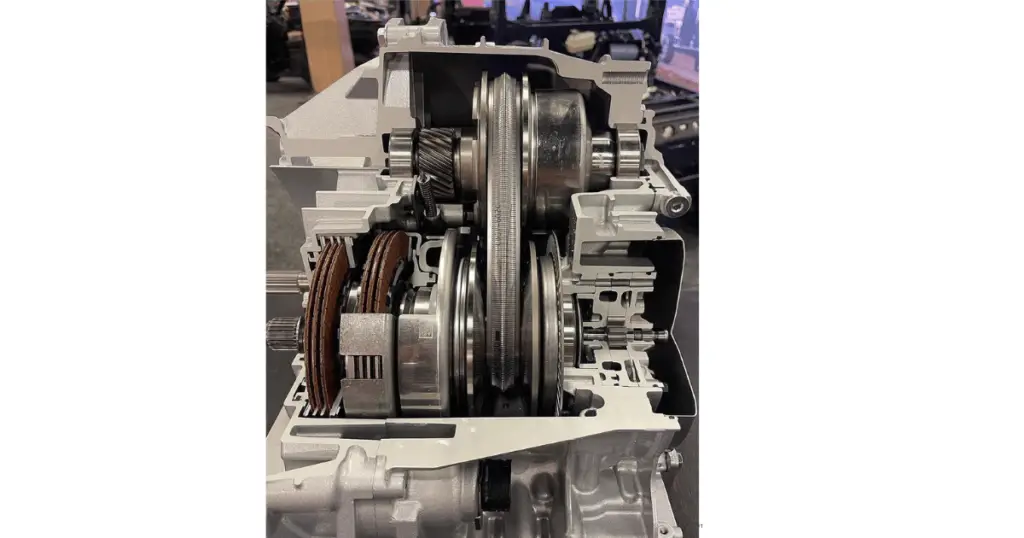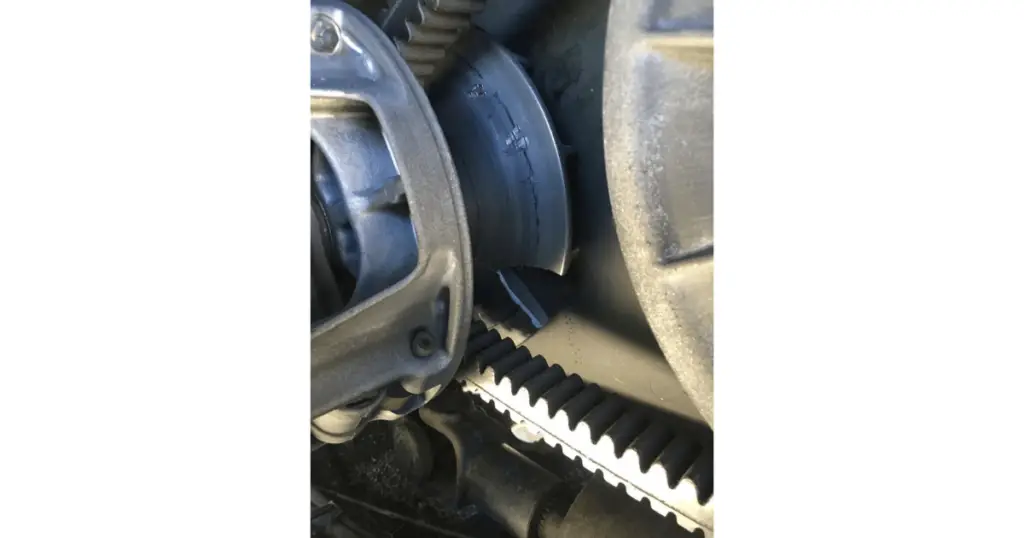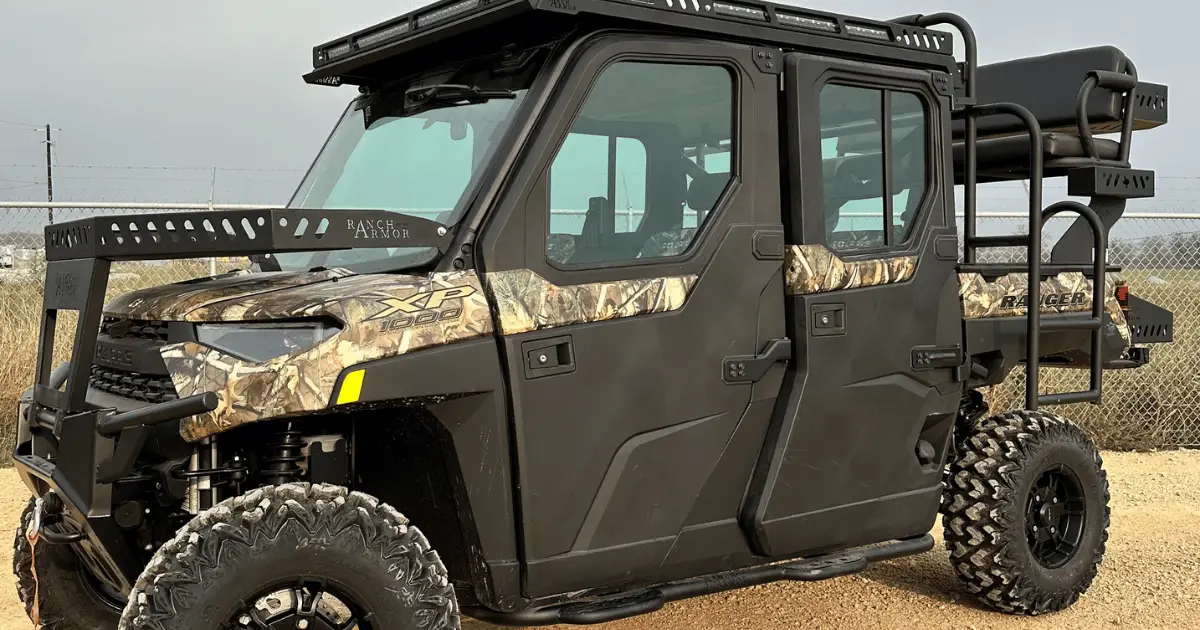So you’ve got your hands on a Polaris Ranger, but it’s starting to feel like there’s a hitch in your get-along, especially when it comes to the clutch. If you find yourself dealing with a sluggish response, odd noises, or a general lack of cooperation when shifting gears, you’re not alone. Polaris Ranger clutch problems can throw a wrench in your off-road adventures, but fear not – understanding these issues is the first step to getting you back to smooth riding and reliable performance. Let’s take a closer look at what might be causing your ride to act up and how you can address these pesky clutch conundrums.
Understanding the Polaris Ranger Clutch System

The clutch system in your Polaris Ranger is fundamental to its performance. It translates the power from the engine into the motion that propels you forward. Without it, your adventures would grind to a halt. Let’s get familiar with what’s under the hood, or in this case, under the seat.
Components of the Clutch System
Your Polaris Ranger clutch system is made up of several key components. First, you have the primary clutch, which is connected to the engine. Then there’s the secondary clutch connected to the transmission. The drive belt wraps around both clutches, transferring power from the engine to the wheels. Each part has to be in good shape for your Ranger to run smoothly.
Functionality of a CVT (Continuous Variable Transmission)
Diving into how it all works, you’ve got yourself a pretty nifty CVT, or Continuous Variable Transmission, in your Polaris Ranger. Unlike traditional transmissions with set gears, a CVT smoothly transitions through a range of gear ratios. This means as you throttle up, it’s constantly finding the sweet spot for power delivery and fuel efficiency.
Importance of the Clutch in Power Transmission
The clutch is essentially the middleman in power transmission. It allows the engine to run independently until you need that power transferred to the wheels. This seamless interaction between revving your engine and having it respond is what makes for a smooth ride. It’s all about control—giving you the power right when you need it.
Common Clutch Problems in Polaris Ranger

Wear and Tear on Clutch Components
Over time, just like any other part of your machine, the clutch components experience wear and tear. This can manifest as worn-out clutch weights, damaged springs, and fatigued rollers. Keep in mind, these are normal occurrences but they can dampen your off-road experience if left unchecked.
Belt Slippage
If you’re noticing a loss of power, it could be due to belt slippage. When the belt can’t grip the sides of the clutches properly, it slips, robbing you of torque and speed. It’s like trying to run on ice; no matter how hard you work, you’re not getting anywhere fast.
Overheating Issues
Did you know your clutch can overheat? Imagine you’re pushing hard on a steep incline or hauling something heavy; that extra strain can generate a lot of heat. The problem with too much heat is that it can warp clutch components, making them even less effective.
Engagement and Disengagement Difficulties
Sometimes, you might feel your clutch isn’t engaging or disengaging smoothly. This could feel like jerky starts or a reluctance to come to a stop. These issues could signal that something’s not quite right within your clutch system.
Common Symptoms of Polaris Ranger Clutch Problems
Strange Noises During Acceleration
Is your Polaris Ranger singing an off-tune mechanical aria? Strange noises during acceleration, such as grinding or squealing, can be the early warnings of clutch issues. It’s like the sound track of mechanical distress, and definitely something you would want to look into.
Irregular RPM Fluctuations
Paying attention to your RPM can provide insights. If the needle dances unpredictably with no corresponding change in speed, you could be witnessing the tale-tell sign of a failing clutch. Think of it as trying to read a book with pages flapping in the wind—something’s just not steady.
Lack of Responsiveness
When you hit the gas, you expect a certain verve from your Ranger, right? If there’s a lag, or you’re just not getting up to speed, that’s a lack of responsiveness. It’s like trying to sprint with weights on your ankles—you’re just not going to be as quick off the mark.
Decreased Fuel Efficiency
Notice your fuel tank emptying quicker than usual? Decreased fuel efficiency can signal a clutch that’s slacking on the job. It’s forcing your engine to work harder and burn more fuel to give you the motion you’re asking for. Essentially, you’re pouring more gas for the same distance covered.
By the way, do you think there are any years that are most affected?
Worst Polaris Ranger Years to Avoid (+The Best)
And, I’ll ask you the next question I think you should consider: How many miles will a Polaris Ranger last?
Troubleshooting Polaris Ranger Clutch Issues
Diagnosing the Problem
When something’s up with your clutch, the first step is diagnosing the problem. A mechanic would listen to your description of the issue, conduct a physical inspection, and possibly do a few tests. But you, you’re the detective of your own machine. Listen and feel for those warning signs.
Tools and Equipment Needed
Ready to play doctor with your clutch? You’ll need some tools and equipment. A clutch puller, a set of sockets, and perhaps some snap ring pliers will help you in disassembly. And don’t forget a torque wrench for proper reassembly.
Step-by-Step Troubleshooting Procedure
A systematic approach will save you headaches. Start by checking for visible damage. Then, test your belt tension and look for any irregularities in the belt. Are your clutches opening and closing smoothly? Take things apart step by step, and inspect each component. It’s like peeling back the layers to get to the root of the issue.
Polaris Ranger Clutch Maintenance
Regular Inspection Intervals
Regular checks are your best defense against clutch problems. Skim through your owner’s manual for recommended intervals. Checking things over doesn’t just prevent unexpected breakdowns; it also extends the life of the clutch components.
Cleaning and Lubrication
Saddle up for some cleaning and lubrication. A clean clutch will perform better and last longer. You’re also going to want to use a dab of the right lubricant on moving parts. It’s like grooming your trusty steed after a ride; it ensures things run smoothly for the next jaunt.
Replacing Worn Out Parts
Don’t hesitate to replace parts that are past their prime. Using worn-out components is like running a marathon in tattered sneakers—you’re not doing yourself any favors. Keep it fresh, and your clutch will thank you with performance.
Adjustments for Optimal Performance
Tweaking your clutch for the best performance is like tuning a guitar. You want everything just right for that perfect note, or in your case, the perfect ride. Adjustments ensure you’re getting the power and speed your Ranger is capable of.
Here’s another problem you should be aware of: Polaris EPS Problems Troubleshooting (Complete Overview)
DIY Clutch Repair on a Polaris Ranger
Preparation and Safety Measures
If you’re diving into a DIY clutch repair, preparation is key. Ensure you have a clean workspace and the necessary safety equipment—gloves, goggles, the works. Remember, safety first. You want to tell grand adventure tales, not hospital stories.
Detailed Guide to Clutch Disassembly
With your workspace prepped, start disassembling your clutch. Take pictures if needed, so you know exactly how things should go back together. It’s like following a treasure map; every step meticulously brings you closer to the prize, a smoothly operating clutch.
Inspection and Replacement of Clutch Components
While you have everything apart, inspect each component. Check for wear, cracks, or anything that looks out of place. Replace anything that doesn’t pass muster. Think of it as a talent scout for a band—you want only the best part taking the stage.
Reassembly and Testing Post-Repair
Once everything’s inspected and replaced as needed, it’s time to reassemble. Follow your service manual closely, and use that torque wrench to get every bolt just right. After reassembly, give it a test. It should feel like every piece is performing in harmony, just like before. Obviously, you’ll want to look out for any check engine codes.
Impact of Environmental Factors on Clutch Performance
Effects of Mud and Water on Clutch Lifespan
Rough terrains can be tough on your clutch. Mud and water in the clutch housing act like abrasive sandpaper, wearing things down prematurely. It’s as if you’re asking your Ranger to swim through a swamp with a heavyweight—sooner or later, it’s going to feel that drag.
Influence of Terrain on Clutch Wear
Different terrains exert different strains on your Ranger’s clutch. Steep hills or rocky trails demand more from the clutch than a leisurely jaunt on flat ground. It’s like asking a marathon runner to sprint uphill for every race—sooner rather than later, shoes are going to fray.
Temperature Extremes and Clutch Efficiency
Extreme heat or cold can also mess with your clutch’s efficiency. Think of how sluggish you feel on a scorching hot day or how stiff everything seems in deep cold. Your clutch feels that too, and its performance can hiccough as a result.
Professional Repairs Versus DIY Solutions

Assessing the Scope of Damage
Before you dive into DIY repairs, assess the situation. If it seems deeper than surface-level issues or beyond what your tools can handle, it might be time to tag in a professional. It’s like knowing when to call the doctor and when a home remedy will suffice.
When to Seek Professional Help
If the problem with your clutch is complex, or if dismantling vital components is out of your comfort zone, don’t hesitate to seek professional help. A trained mechanic can save you time and money in the long run, ending your troubleshooting woes.
Cost-Benefit Analysis of Repairs
Do a quick cost-benefit analysis to weigh the costs of professional help against the peace of mind and time savings it provides. It’s essentially balancing the scales—time, money, and effort on one side, and job quality and warranty on the other.
Warranty and Dealer Support Considerations
Consider whether your Ranger is still under warranty. If it is, messing around with the clutch system could void that protection. In this case, stick with authorized dealers for repairs. It’s like having insurance; why risk voiding it by going it alone?

Leave a Reply